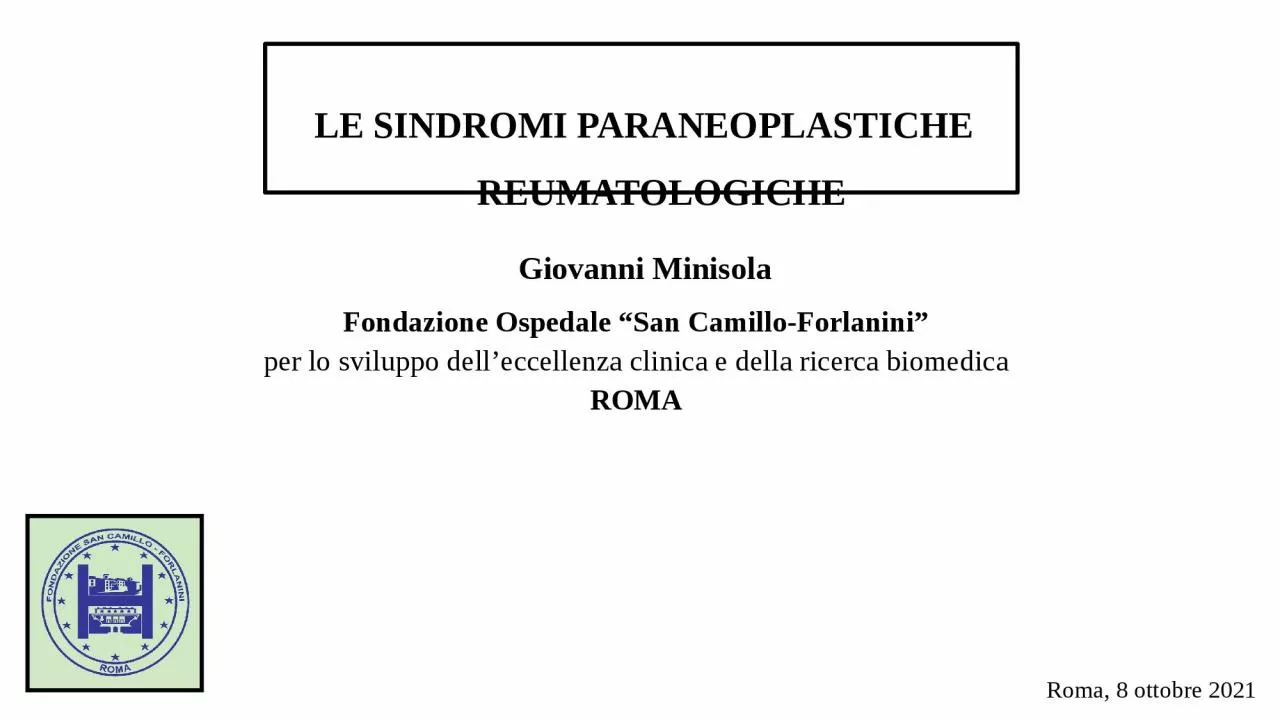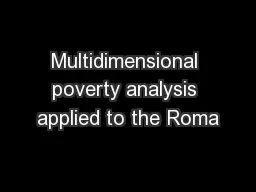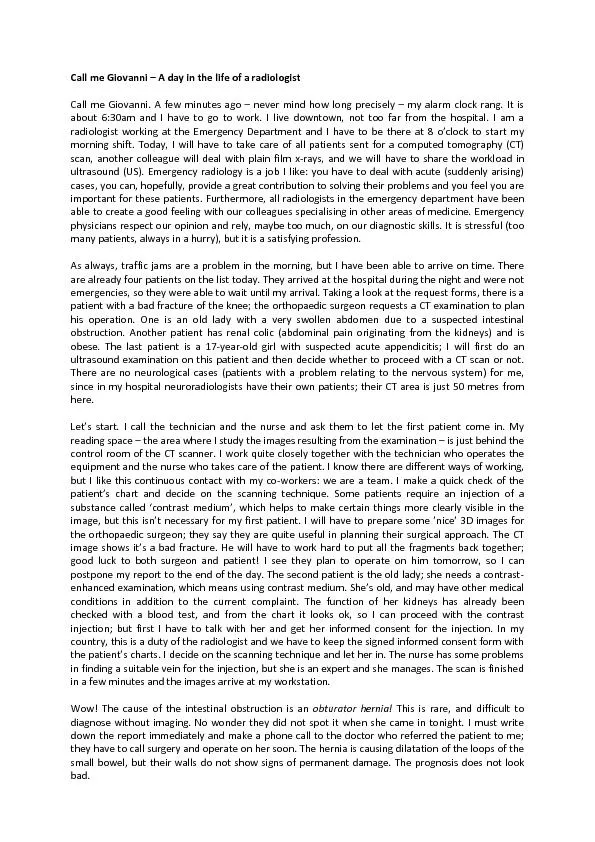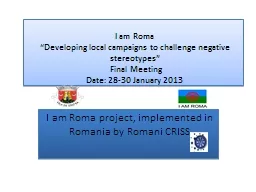PPT-Giovanni Minisola Roma, 8
Author : eve | Published Date : 2024-01-03
ottobre 2021 LE SINDROMI PARANEOPLASTICHE REUMATOLOGICHE Fondazione Ospedale San CamilloForlanini per lo sviluppo delleccellenza clinica e della ricerca biomedica
Presentation Embed Code
Download Presentation
Download Presentation The PPT/PDF document "Giovanni Minisola Roma, 8" is the property of its rightful owner. Permission is granted to download and print the materials on this website for personal, non-commercial use only, and to display it on your personal computer provided you do not modify the materials and that you retain all copyright notices contained in the materials. By downloading content from our website, you accept the terms of this agreement.
Giovanni Minisola Roma, 8: Transcript
Download Rules Of Document
"Giovanni Minisola Roma, 8"The content belongs to its owner. You may download and print it for personal use, without modification, and keep all copyright notices. By downloading, you agree to these terms.
Related Documents














